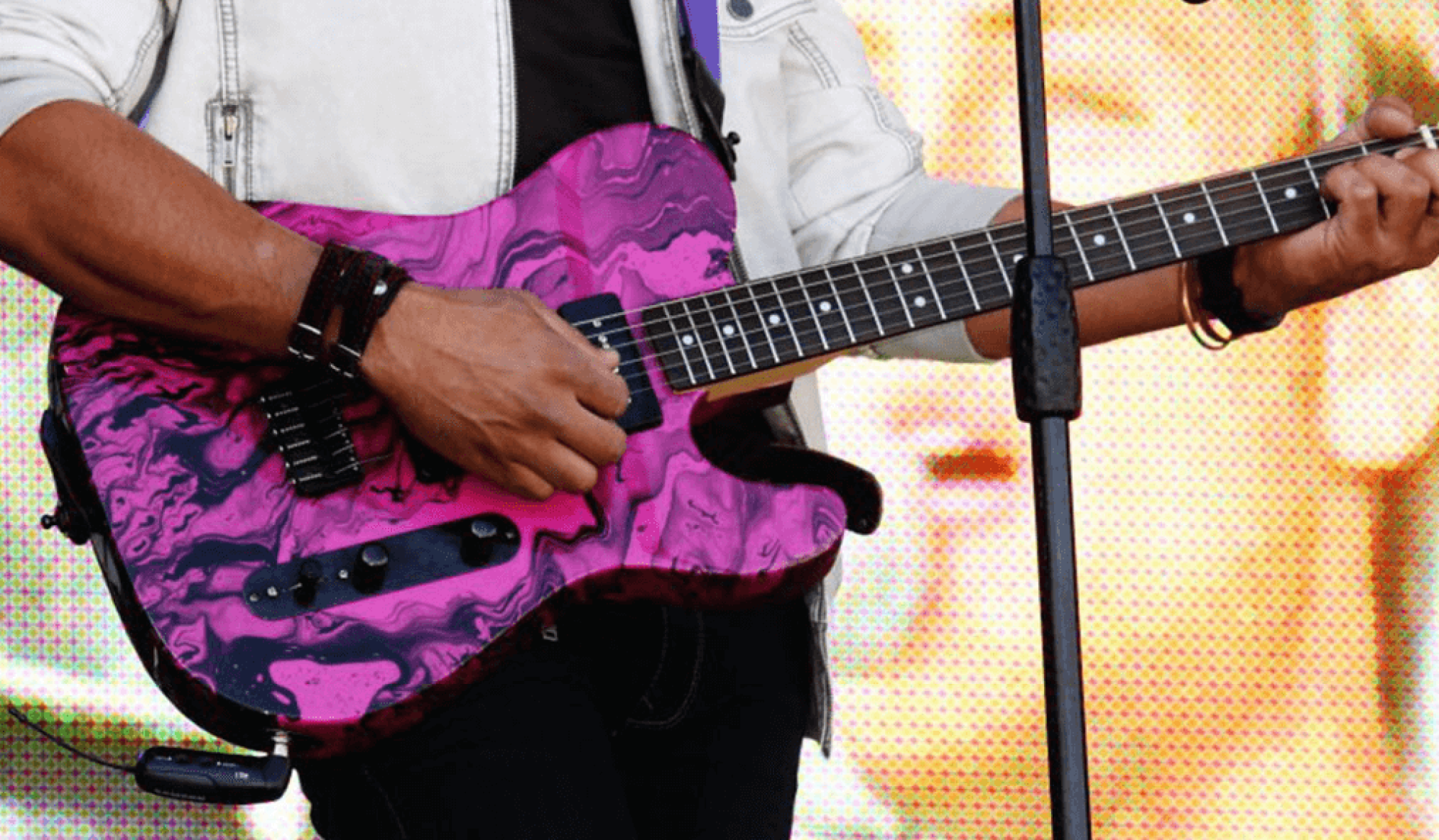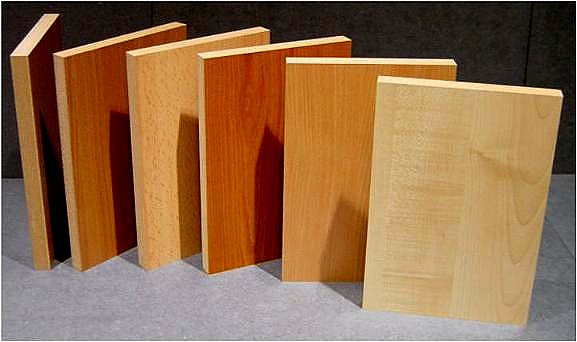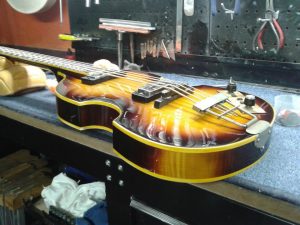When choosing guitar wood that is suitable for building, we look at certain qualities, instead of species. The wood we want to use needs to be very strong. With strength comes 2 things, one is added weight and the other resin.
We also would like exotic-looking woods, which give the instrument a beautiful visual appearance. Things like flame maple are great for certain parts of the guitar. But plain quarter-sawn rock maple is the most stable.
There is much more to choosing the wood that is suitable for guitar building than look or sound. It should age well and retain the qualities sought in the first place.
Wood qualities to look for
Looking at where the wood comes off the tree, from the bottom or higher up, will affect the price and the width of the year rings. Year rings create both strength and flexibility. We want the wood to vibrate in its optimal vibration. The thicker the wood the higher the tone, and thinner makes it lower and more wobbly.
There is also the cut, which can be quarter-sawn, rift sawn or flat-sawn. The one with the most strength is quarter-sawn. The tension seems to be vertical and horizontal. Rift sawn has a 70 percent vertical grain. Whereas flat sawn has horizontal grain, this makes upward flexing and twisting more problematic.
The effect of elements on wood
The amount of moisture inside the wood plays a very big role in creating extra tension between cells. If the moisture is released to quickly then you will see cracks or deformation.
Drying the wood or seasoning the wood takes the excess moisture out via osmoses. This process reverses when the amount of moisture is more on the outside. At some stage when the concentrate of moisture is very low, the cell will harden and take allot less moisture on.
This causes the wood to release a lot of tension and relax witch create better vibration. This moisture is also heavy and keeps the cells from using all their energy when stimulated with vibration.
Heat is one that can draw the moisture to the surface and make the axis of the wood change. This makes the wood bendable and pliable. When cooling down the axis go back to their stiffness, but the form might have changed if tension was applied to the wood when warm.
Wood storage
This is one of the big problems with guitar necks. When storing wood for seasoning one should look at a constant heat source that can make the wood lose moisture and be even so expansion and contraction are limited.
Nature does the opposite. When wood is lying in the forest as a fallen tree, nature starts the process of breaking down the wood cells. This is called spalting. Spalting takes the hardwood and makes it softer for beetles and other creatures to consume as a food source.
Conclusion
In conclusion, we can use any wood that has the right attributes to what we want out of vibrating it to create an audible sound wave both strong and pleasant on our ears. The fact is over the years certain wood has gain popularity for these attributes and is used on a global scale for consistently giving great results
Have a great day and look out for another one.
See you next time… but feel free to learn more about us till then http://www.facebook.com/guitarsnz
Or get in touch to see how we can help you https://guitarrepairs.co.nz/contact/




